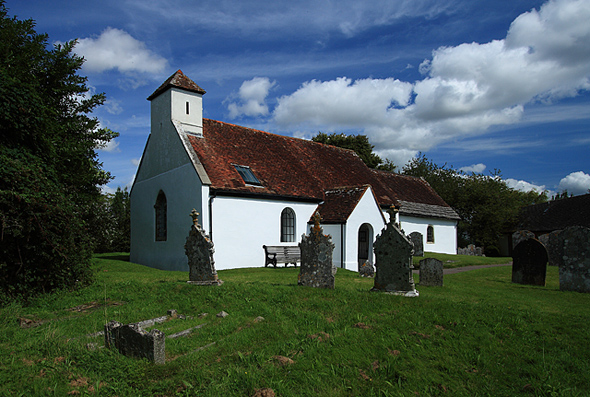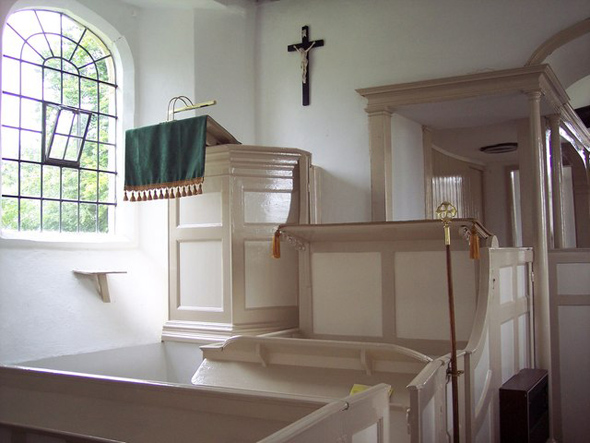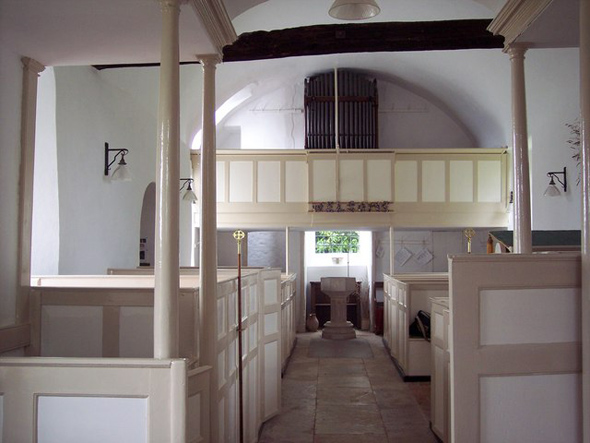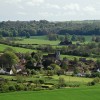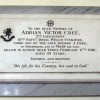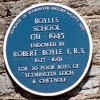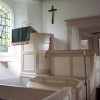A Woman in a Man’s World
It was John Passmore Edwards, proprietor and editor of the London newspaper, the Echo, who encouraged a Dorset born woman to pursue a career in journalism. There were very few women journalists then and most of those worked on fashion, education and homemaking features. Mary France Billington was a reporter covering hard news stories; no doubt she had some prejudices to overcome but she went about her work in a way that commanded respect from her male colleagues. She also worked on the Graphic and the Daily Telegraph.
In 1896 in an article about lady journalists she wrote: “I can speak with experience of both morning and evening work. In the latter, the hours are certainly more reasonable, but all that one does, whether in the form of notes for the first editions, or in special descriptive accounts of events occurring in the afternoon for the late issues, has to be turned out at an exhaustingly high rate of speed. A morning paper often involves very late hours at the office, and I have wondered sometimes, how many women there are who could stand such a day.”
She went on to describe her day covering the arrival of the Shahzada on a visit to this country in 1895: “…we were in Portsmouth Dockyard at nine in the morning, inspected the ship, saw the various receptions and addresses presented on board, attended the Queen’s Birthday Review on Southsea Common, came up to town in the special train, and had three columns of material to write on arrival. However, special correspondence is not the department allotted usually to feminine hands, and I think I stand pretty well alone of my sex in what I have done and to do of it.”
She travelled widely in Russia, India, Nepal and Canada, and wrote a charming book Women in India. Between 1913 and 1920 she was President of The Society of Women Journalists and in 1920 she was the Overseas Delegate to the Imperial Press Congress held in Ottawa.
In 1896 she wrote a long article for Pearson’s Magazine entitled Leading Lady Journalists. Later she wrote The Red Cross in War, published as part of a series by the Daily Telegraph. During the First World War she travelled to France as a correspondent and also worked in hospitals and camps.
Her parents met in 1861 in Dorset: a clergyman from Cheshire and a clergyman’s daughter from Bedford. George Henry Billington was curate at St Giles Church, Wimborne when the aging rector, Robert Moore, had a visit from Frances Barber, a 74 year-old clergyman’s widow and her two daughters Frances Anne and Mary Elizabeth.
George and Frances, it seems, had a whirlwind romance; they were married later that same year. Both in their early thirties there was no time to loose, if they were to have a family. In 1862 George Billington became rector of Chalbury, a pleasant little parish in the east of the county close to the Wilts and Hants borders. The journalist to be was born at Chalbury in 1862; she was followed by three brothers: George in 1864, Roland in 1866 and Horace in 1868.
On retiring from a distinguished career she returned to Chalbury, where she involved herself in parish affairs and became organist at the church. She lies in the quiet churchyard close to her parents and brothers.
(see Chalbury Church, Published 24th February 2011, in the Chalbury Category).
